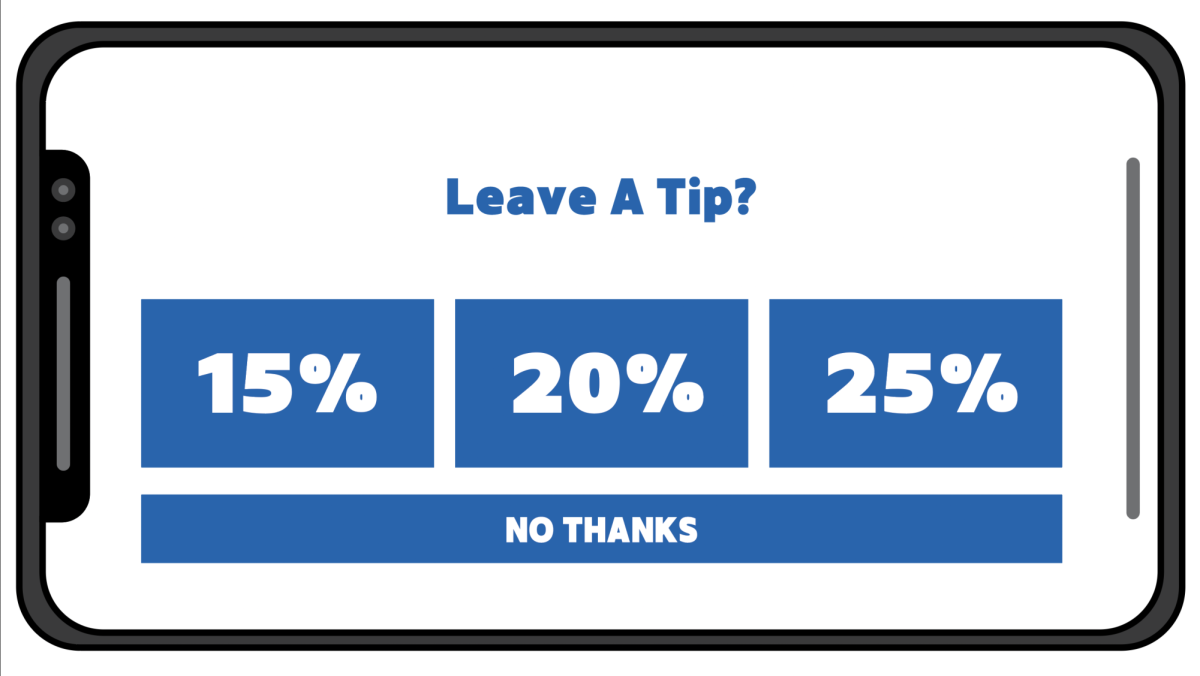by Jaliyah Jones-Robinson
Democratic gubernatorial candidate Martha Coakley has discussed two proposals on the campaign trail that would increase the affordability of higher education for college students in Massachusetts. Although they have many benefits, their cost remains a huge concern.
She hopes to ensure secondary education availability for low income students by instituting a full-need financial aid policy at the commonwealth’s community colleges, and allowing a tax deduction of up to $5,000 for contributions to 529 college saving plans, according to Coakley’s campaign website.
A full-need financial aid policy will help support students who would ordinarily take out loans, or otherwise could not afford tuition. This ultimately benefits the economy by giving those who wouldn’t have access to such education the opportunity to expand their knowledge. In other words, Coakley’s proposal increases the economy in the long-term.
However, to a certain extent, a full-need financial aid policy will be more expensive for the state to implement. This policy will cost the state almost $225 million, according to Coakley’s campaign website. Since government contributions are what will ultimately help young people attend college, it is important to know exactly where this money will come from without causing any other issues.
If it is unknown how Coakley will find money to fund this proposal, how can it be a feasible way to support young people of the commonwealth in achieving a higher education? It is not, considering that her second proposal is a $5,000 tax deduction for contributions to 529 college saving plans, which according to Coakley’s campaign website is estimated to cost $20 million. It is also unclear where that $20 million in funding would come from in the state budget.
Yes, it is a burden on low-income families to increase their debt by taking out loans to pay for colleges. But if it is unclear how the program will be funded now, how can Coakley promise it will be in the future?
Moreover, it is not logical to say the state can afford to reduce tax revenues by $20 million implementing her 529 college saving plans, and contribute $225 million to tuitions annually. At least, not without discovering a plan that addresses the cost-effectiveness of taking away certain items within the budget to fulfill others.
For Coakley to sustain her ultimate goal of ensuring a good economic future by making college more affordable for young people, her proposals need more tweaking to uncover missing gaps and weaknesses. While Coakley addresses the severe impact that education budget cuts have on students, she needs to develop a feasible plan that utilizes the current funds available to them to support these students in higher education.
One idea Coakley does not address is decreasing the cost of college tuition. If tuition is reduced, lowering the cost of universities and colleges will help young people afford college with less debt.
If the cost of college is reduced, more students could afford to attend secondary school. If fees to attend college should be decreased to increase participation in secondary education. This will create less debt and put less of a burden on college students.
Such a plan will also create more focused students by removing stress from those who are now struggling to deal with their current financial situations. As a result more college students could worry less about working through college and will graduate college with less debt.








